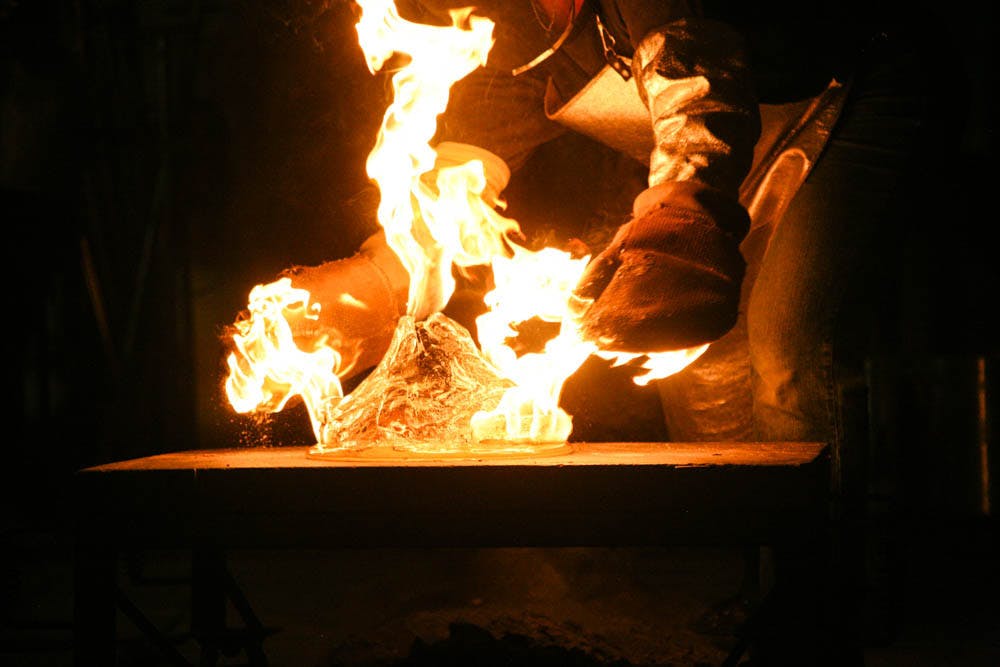The true nature of fire may come as a surprise, said Stephen Pyne, author of many books detailing fire’s history in the evolution of our planet and the modern United States. Many people today lack experience with fire beyond birthday candles and fireplace flames, but Pyne has investigated the powerful element through many years as a firefighter in national parks and a fire-focused academic career.
Pyne will offer a keynote address April 27 distilling his knowledge of fire’s history and the evolving relationship between humans and fire. The talk, one of the final installments of the Institute for Environment and Society’s event series “What Fire Does,” will discuss the wide range of uses and understandings of fire that have developed over time.
People have distanced themselves from fire in recent history, relying on machines to light and fight fires instead of starting them ourselves. “Now we’re tipping into a new era in which the belief that we could prescribe fire is not working — it’s too expensive, too cumbersome, too legally entangled,” Pyne said. The state of the planet calls for a reduction of fossil fuel burning and a return to humans’ more personal relationship with fire as it was in the past, he added.
Some talks in the series also focused on fire in the modern American landscape. Alissa Cordner, assistant professor of sociology at Whitman College, addressed how wildfires are too often treated as problems when they serve important functions in nature. Thomas Pringle GS analyzed media depictions of fire as they related to climate change, underlining the persuasive power held by the images.
Artistic approaches to fire were rife within the series of events. Photos of fires at Standing Rock protests complemented a discussion of the ways the NoDAPL movement resembled the form of a fire, beginning with disparate sparks and growing into a consuming flame around which protesters congregated. “People came from all over the world to gather at this fire,” said Elizabeth Hoover, assistant professor of American studies. “They felt compelled, they felt moved.”
Fire-related exhibitions were also held at the John Carter Brown Library and the Nature Lab, offering displays of fire’s history and transformational abilities.
A more immersive exploration of fire in art took place in the Rhode Island School of Design’s glass shop, where students and faculty crafted miniature volcanoes in a glass casting demonstration Wednesday. Clad in protective silver aprons and sleeves, the artists poured molten glass onto heaps of dirt to build irregular cone shapes that glowed red with heat. The myths, history and science tied to volcanoes convinced the artists to cast their likenesses, said Camille Cady, a glass student at RISD.
Materials ranging from sawdust to orange peels to fireworks were fed into the mouths of the volcanoes, where they ignited and burned, sometimes sending flames feet into the air. Observers watched the construction of several little volcanoes, whose ominous presence diminished after the flames died out and the glass cooled into a fixed shape.
The form of the volcano evokes a sense of reverence and amazement, said Jocelyne Prince, associate professor at RISD. Fire is often thought about as something wild and dangerous, but this project was designed to show off fire’s more enjoyable forms instead of labeling it as destructive, she added.
Though researchers, artists and firefighters interact with fire in different ways, there is no complete form of control over the flames, Prince said. “It does what it wants to,” she added. “It is what permits transformation.”





